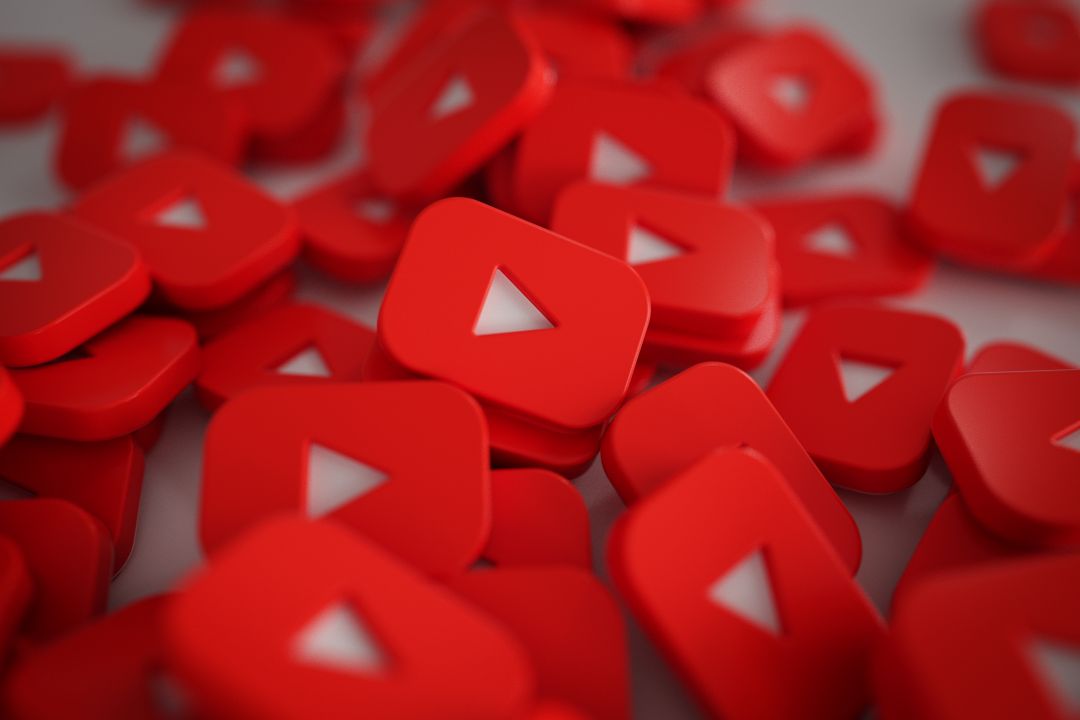As of 2025, YouTube monetization has evolved significantly—with new eligibility rules, Shorts monetization updates, and greater focus on creator transparency. Whether you’re a beginner or an experienced YouTuber, understanding these latest policies is essential to start earning money on the platform—and to keep that revenue growing.
In this blog, we’ll break down everything you need to know about YouTube’s monetization rules in 2025, step by step.
🎯 1. YouTube Partner Program (YPP) Requirements in 2025
To start earning from ads and YouTube features, you must first join the YouTube Partner Program (YPP).
✅ New Eligibility Criteria (Choose One):
- Option 1:
- 1,000 subscribers
- 4,000 valid public watch hours in the last 12 months
- Option 2:
- 500 subscribers
- 3 public uploads in the last 90 days
- 3,000 valid public Shorts views in the last 90 days
This second option (introduced in late 2023 and expanded in 2024–25) helps Shorts creators monetize faster.
💰 2. Ways to Monetize on YouTube in 2025
YouTube now offers multiple income sources—not just ads. Here’s what creators can earn from:
🟢 Ad Revenue
Earnings from display, overlay, and video ads shown on your content. Based on:
- CPM (Cost per 1000 views)
- Viewer region and niche
- Watch time and engagement
🔵 Shorts Monetization (New Model)
Now includes:
- Ad revenue sharing (pooled model based on views and music usage)
- Shorts Bonus Program (only for high-performing creators in select regions)
🟡 Channel Memberships
Creators can offer exclusive content to subscribers who pay monthly (requires 500+ subscribers now in many countries).
🔴 Super Thanks, Super Chat, Super Stickers
Fans can tip during live streams or premieres. YouTube takes a cut (typically 30%).
🟣 YouTube Shopping & Merch Shelf
Sell your own products directly under your videos using integrated platforms like Spring, Spreadshop, or Shopify.
🟠 YouTube Premium Revenue Share
You get a share when premium users watch your content—even if ads are skipped.
📜 3. Policy Updates in 2025: What’s Changed
⚠️ Stricter Content Guidelines
- Reused content without commentary or value addition is not eligible for monetization.
- AI-generated content must include disclosures.
- Repetitive or misleading thumbnails and titles may result in demonetization.
- Health, political, and financial content now require more transparency and proper sources.
✅ Transparency Requirements
- Creators must enable two-step verification.
- A clear “About” section on your channel is encouraged.
- YouTube now requires disclosure if content is sponsored or branded.
🆕 AI & Deepfake Rules
In 2025, creators using synthetic voices or faces must:
- Add disclaimers in the description.
- Avoid impersonation without consent
- Risk losing monetization if content is deceptive
📊 4. How Much Can You Earn in 2025?
Earnings vary depending on niche and geography. Here’s an average breakdown:
| Content Type | Avg. CPM (USD) |
|---|---|
| Finance & Investing | $10 – $25 |
| Tech & Reviews | $5–$12 |
| Gaming | $5–$12 |
| Lifestyle / Vlogs | $2–$6 |
| Shorts | $1.50–$4 |
📌 Note: Earnings from Shorts are still lower than long-form videos but growing steadily with YouTube’s new ad model.
🧠 5. Tips to Stay Monetized in 2025
- Create original, valuable, and regular content
- Use YouTube Studio to monitor performance
- Avoid copyrighted music or images
- Read community guidelines regularly
- Encourage engagement (likes, comments, shares)
- Use accurate titles, tags, and thumbnails—no clickbait!
🧭 6. What’s Coming Next?
YouTube is planning
- More AI moderation of videos
- Smart monetization eligibility (based on behavior and channel history)
- Advanced shopping integrations for influencers
- More regional monetization options for creators in South Asia, Africa & LATAM
✅ Conclusion: Monetization in 2025 is Smarter, Stricter, and More Diverse
YouTube monetization in 2025 offers more flexibility and earning opportunities—but with stricter content standards and ethical expectations. Creators who focus on authenticity, value-driven content, and transparency will thrive.
If you’re just starting out, focus on building an audience and experimenting with Shorts. For seasoned creators, now is the time to diversify income streams and stay ahead of policy shifts.

Leave a Reply